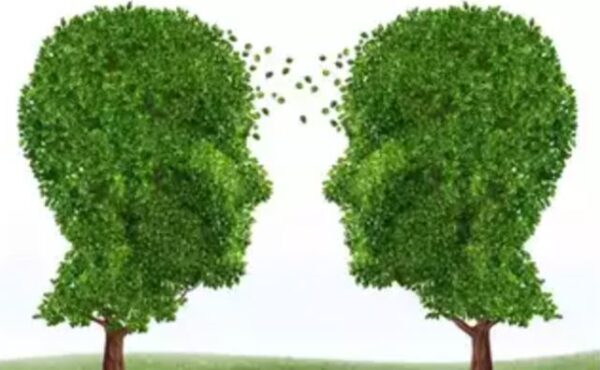
Can you imagine the green, leafy organisms that silently stand and watch over our planet, provide us with oxygen, and talk to each other like human beings?
Trees communicate through a barter system like the humans of ancient civilisations?
Scientists call these networks mycorrhizal networks. In this network, the fine, hairlike root tips of trees intertwine with microscopic fungal filaments to form the links of this network. This appears to be a symbiotic relation or some form of economic exchange or barter system. In exchange for their work, the fungi consume about 30 percent of the sugar that trees produce through photosynthesis. This sugar supplies power to the fungi as they decompose the soil for nitrogen, phosphorus, and other mineral nutrients, which then are absorbed by trees. This exchange also ensures the survival and health of the overall forest community.
The mycorrhizal network works as more than just suppliers of nutrients. It can also help to transport the chemical signals from trees through this underground web. If a tree is under attack from some pest or pathogen, it can release specific chemicals into the soil that warn other trees in the area. The nearby trees then enhance their own defences by producing chemicals to repel the attackers. This way of communication is a lot like a forest-wide immune response, in which the sum of actions from individual trees improves the immunity of the total ecosystem.
Trees also contact through air!
Beyond chemical signals, trees communicate through the use of airborne chemicals known as volatile organic compounds (VOCs) or organic compounds that evaporate at room temperature. When a tree is attacked by an herbivore or by drought, trees emit VOCs into the air. The local trees can detect these airborne signals, which can cause them to modify their own physiological responses. For example, when a tree feels an elevated level of VOCs that indicate insect attack, it starts producing chemicals that make its leaves less attractive to the insects.
Research in this area, led by scientists like Suzanne Simard, has shown that tree species such as the Douglas fir, are central hubs in these networks, often called “hub trees” or “mother trees,” connected to many others through which they receive or pass resources and information. Their role is very important for maintaining the stability and health of the forest ecosystem.
